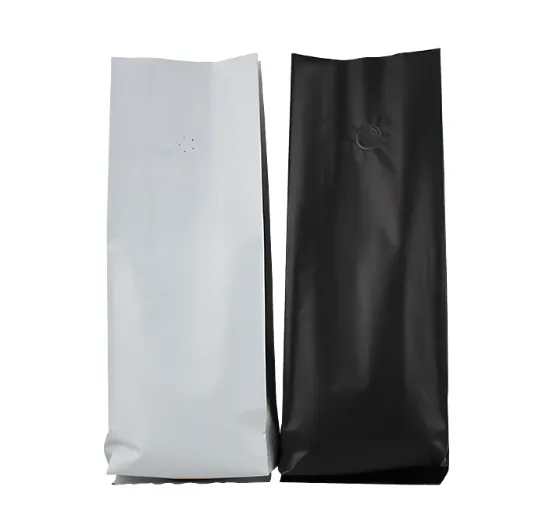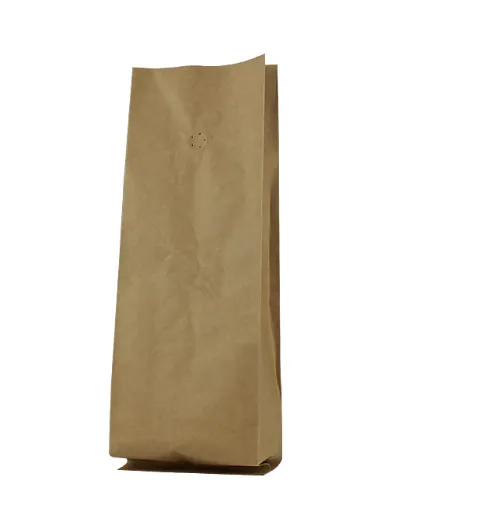Email: enid@bc-pak.com
Tel: 86-757- 88811186
- Afrikaans
- Albanian
- Amharic
- Arabic
- Armenian
- Azerbaijani
- Basque
- Belarusian
- Bengali
- Bosnian
- Bulgarian
- Catalan
- Cebuano
- chinese_simplified
- chinese_traditional
- Corsican
- Croatian
- Czech
- Danish
- Dutch
- English
- Esperanto
- Estonian
- Finnish
- French
- Frisian
- Galician
- Georgian
- German
- Greek
- Gujarati
- haitian_creole
- hausa
- hawaiian
- Hebrew
- Hindi
- Miao
- Hungarian
- Icelandic
- igbo
- Indonesian
- irish
- Italian
- Japanese
- Javanese
- Kannada
- kazakh
- Khmer
- Rwandese
- Korean
- Kurdish
- Kyrgyz
- Lao
- Latin
- Latvian
- Lithuanian
- Luxembourgish
- Macedonian
- Malgashi
- Malay
- Malayalam
- Maltese
- Maori
- Marathi
- Mongolian
- Myanmar
- Nepali
- Norwegian
- Norwegian
- Occitan
- Pashto
- Persian
- Polish
- Portuguese
- Punjabi
- Romanian
- Russian
- Samoan
- scottish-gaelic
- Serbian
- Sesotho
- Shona
- Sindhi
- Sinhala
- Slovak
- Slovenian
- Somali
- Spanish
- Sundanese
- Swahili
- Swedish
- Tagalog
- Tajik
- Tamil
- Tatar
- Telugu
- Thai
- Turkish
- Turkmen
- Ukrainian
- Urdu
- Uighur
- Uzbek
- Vietnamese
- Welsh
- Bantu
- Yiddish
- Yoruba
- Zulu
7 types of packaging materials
Views :
Update time : Feb . 12, 2025 17:27
Exploring different types of packaging materials can offer transformative benefits for businesses seeking to enhance their brand visibility and ensure product safety. Packaging plays a critical role not only in protecting products but also in communicating brand values and engaging consumers. Here is a detailed exploration of seven innovative packaging materials that are reshaping the market landscape.
Flexible packaging, which includes materials like plastic films, foils, and papers, offers lightweight yet sturdy packaging solutions. Its versatility allows for cost-effective customization opportunities, which can be instrumental in differentiating products in a competitive market. Flexible packaging helps in extending product shelf life, thus improving freshness and reducing food waste, a feature particularly attractive in the food industry. Paperboard is celebrated for its printable surface and recyclability, serving as a staple in creating aesthetically pleasing and informative packaging. Its lightweight nature not only contributes to reducing shipping costs but also enhances the unboxing experience. A well-designed paperboard package can effectively capture consumer attention, instigating brand recall and encouraging repeated purchases. Lastly, the emerging advent of smart packaging is worth noting. Integrating technology, such as QR codes and NFC tags, into packaging, opens avenues for interactive consumer engagement. These can provide detailed product information, authenticate product legitimacy, and offer personalized marketing, thereby augmenting customer experience and bolstering brand trust. Selecting the right packaging material is pivotal in aligning with market trends and consumer expectations. Each material offers distinct advantages, and understanding these can help businesses make informed decisions that not only protect products but also elevate brand perception, increase environmental responsibility, and improve the overall consumer experience. In an age where brand differentiation and sustainability are key, optimizing packaging choice has never been more crucial.


Flexible packaging, which includes materials like plastic films, foils, and papers, offers lightweight yet sturdy packaging solutions. Its versatility allows for cost-effective customization opportunities, which can be instrumental in differentiating products in a competitive market. Flexible packaging helps in extending product shelf life, thus improving freshness and reducing food waste, a feature particularly attractive in the food industry. Paperboard is celebrated for its printable surface and recyclability, serving as a staple in creating aesthetically pleasing and informative packaging. Its lightweight nature not only contributes to reducing shipping costs but also enhances the unboxing experience. A well-designed paperboard package can effectively capture consumer attention, instigating brand recall and encouraging repeated purchases. Lastly, the emerging advent of smart packaging is worth noting. Integrating technology, such as QR codes and NFC tags, into packaging, opens avenues for interactive consumer engagement. These can provide detailed product information, authenticate product legitimacy, and offer personalized marketing, thereby augmenting customer experience and bolstering brand trust. Selecting the right packaging material is pivotal in aligning with market trends and consumer expectations. Each material offers distinct advantages, and understanding these can help businesses make informed decisions that not only protect products but also elevate brand perception, increase environmental responsibility, and improve the overall consumer experience. In an age where brand differentiation and sustainability are key, optimizing packaging choice has never been more crucial.
Recommend products
Read More >>
Related News
Read More >>













